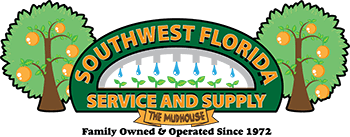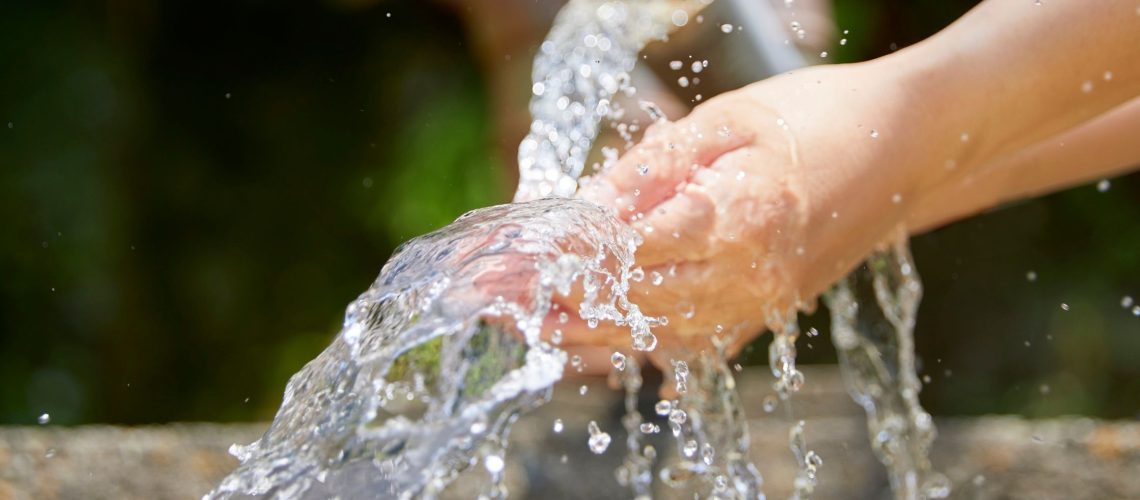Like a quiet warning bell, your well water hides its own risks beneath the surface. Understand how long a typical well lasts, what contaminants to expect, and how testing and filtration can protect your family’s health. Regular checks, clear results, and smart filtration choices matter—but there’s more detail behind each step that could change your approach.
Let’s explore practical testing schedules, system options, and how to interpret results with confidence.
Understanding Well Water Basics and Lifespan
A well taps groundwater stored underground and delivers it to your home through a pump.
Construction affects reliability, including factors like digging depth and casing integrity. Proper installation is key to ensuring long-term performance.
Groundwater sources feed your supply, influenced by seasonal shifts and nearby land use, so track quality and yield over time.
In rural living, this setup supports independence, yet demands upkeep, especially pump maintenance to prevent failures.
Expect an average lifespan of 30-50 years for the well, with pumps lasting about ten; plan for periodic service.
This foundation supports water sustainability and responsible stewardship.
Benefits and Risks of Private Wells
Private wells offer you independence from municipal supply, delivering a long-term, cost-effective water source you control. Experience well ownership as a practical choice, but it comes with shared responsibilities and ongoing maintenance considerations.
The rural advantages include reliability during outages and reduced monthly bills, yet you must stay vigilant about water quality through regular testing. Environmental impact matters too: responsible pumping and septic separation help protect groundwater.
While private wells provide security, contamination risks exist without proper filtration and upkeep. Balancing benefits with safeguards preserves your supply and protects your household’s health.
Common Contaminants Found in Well Water
Common contaminants in well water come from natural sources underground and can vary by location.
Bacterial contamination risks arise from compromised plumbing or contamination entering the system, particularly in shallow or poorly sealed wells.
Arsenic health effects range from digestive upset to long-term cancer risk, so recognizing local geology matters.
Lead exposure sources include old plumbing and solder, making replacement essential in older homes.
Nitrates in groundwater often come from fertilizer runoff or septic leaks, posing especially high risk for infants.
Volatile organic compounds may seep through soil from industrial solvents, fuels, or waste sites, requiring effective filtration.
The Importance of Regular Well Water Testing
Regular testing is your best defense against changing groundwater quality. You should test regularly to catch shifts early and protect family health.
Use trusted testing methods to analyze bacteria, nitrates, metals, and VOCs, and interpret results with a lab or professional. Understanding health implications helps you act quickly if issues arise.
Learn potential contamination sources near your property, including septic systems and agricultural runoff, to minimize risks. Seasonal variations can affect contaminant levels, so adjust testing timing accordingly.
Establish preventive measures such as proper sample collection, prompt repairs, and filtration updates to maintain confidence in your well water.
Testing Procedures and Recommended Frequency
Testing procedures start with a plan: contact your local environmental health department for testing recommendations, collect a tap water sample, and send it to a qualified lab for analysis.
Learn the testing methods, QA steps, and specific analyses performed in the lab. Test at least once a year for bacteria, nitrates, and local contaminants. Test more frequently if there are changes in taste, odor, or color.
Emphasize sample collection quality—use proper containers and cold transport when required. Health implications hinge on timely results, so act on any detected contaminants and follow recommended treatment or filtration adjustments.
Maintain records for reference and compliance.
Interpreting Test Results With Water Professionals
A water professional will explain your lab results in clear terms and outline practical steps for your home. Get straightforward interpretations that link findings to actions without any technical jargon.
Expect professional guidance on prioritizing problems and timelines, so you’re not guessing what to fix first. They’ll explain how water quality indicators relate to health and appliance care and outline next steps for addressing contaminants.
A contamination assessment will identify sources and risks, helping you understand treatment priorities. Rely on lab analysis to validate decisions, ensuring your filtration plan targets specific contaminants effectively and safely.
Filtration Solutions: Whole-House vs. Point-of-Use
A whole-house filtration system treats every drop of water entering your home, while point-of-use filters target specific taps or appliances.
Balance coverage and convenience when deciding on peak filtration. Point-of-use systems offer targeted contaminant removal and lower initial costs, but they need multiple units and extra installation planning.
Whole-house efficiency streamlines maintenance, since one system protects all fixtures, yet maintenance tips remain essential to prevent clogs.
Consider flow rate, sediment load, and space when planning. Do a cost comparison, factoring in replacement filters and labor, to decide the best balance for your needs.
Choosing the Right Ultrafiltration System for Your Home
With a whole-house filtration mindset from our last topic, you can zero in on ultrafiltration options that fit your water quality and household needs.
Start by identifying your contaminants and daily water use, then compare ultrafiltration benefits like strong microbial removal with minimal waste.
Look into installation considerations, including space, plumbing compatibility, and nearby power requirements.
When choosing filters, prioritize pore size, flow rate, and replacement intervals to balance performance and cost.
Review system maintenance tips to maintain efficiency, and don’t overlook brand reliability—comparing brands helps ensure support and durable performance.
Your Partner in Clean Water, Strong Systems, and Peace of Mind
You’ve got the power to protect your family and your property—especially with the right partner by your side. Southwest Florida Service & Supply brings decades of hands-on experience and a customer-first approach to every job, turning proactive care into everyday confidence.
From precision e-agriculture irrigation that helps your land thrive to well water systems tested, treated, and tuned for reliability, our team delivers solutions that stand up to Florida’s toughest conditions. Our full-service trailer repair shop keeps your equipment moving, while certified backflow prevention services safeguard your water supply and protect your community. It’s comprehensive care, under one roof, delivered by people who answer the phone, show up on time, and stand behind their work.
When you understand your water, your equipment, and your options—and you have experts who treat your needs like their own—you’re writing your home and operation’s safety story with confidence. Stay proactive, not anxious. Test regularly, choose smart filtration, and lean on Southwest Florida Service & Supply for trusted guidance, quality products, and dependable field service.
Let your water be a quiet, trusted ally—and your systems a steady advantage. We’re here to help you stay ready for today and resilient for tomorrow. Reach out to Southwest Florida Service & Supply and experience service that protects, performs, and lasts.

